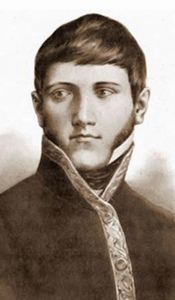Although there were pontines on the river, they were all laid up at present, and none could be made ready for us until the 8th or 9th. For this reason, and so as not to waste the 7th and 8th, we came to an agreement with Capitan Ker to leave for Cape Engano on the night of the 6th, which we managed with the help of a tow from the two pangas and the small launch. Once clear of the island in the river-mouth, and with a fresh breeze that had set in from the south, we steered directly for the island of Cape Engaño and at dawn it was in sight, about four leagues distant. As there was no wind at all at the time, except for light airs from various directions, we approached it being towed by the launch. At noon the SW extremity of the island bore N65°E, five miles distant, and our observed latitude was 18°32′11″.
These conditions remained unchanged until four o’clock in the afternoon, when, with a moderate breeze from SE, we made for Machon Point, and at ten o’clock that night we dropped anchor in six fathoms, clay, half a mile from the mainland shore, and the same distance from San Vicente Island.
The Segundo Piloto and I set out in the small launch at dawn on the 8th with the intention of identifying Cape Engaño and drawing up a plan of Port San Vicente. Having passed Machon Point and sighted the cape, we soon saw Malaque Point, the westernmost point of land that we managed to survey. We then made our way to the NE beach of the island, where we measured a base of 880 English feet, after which we went over to a small island near the cape and took new bearings. We then made for Machon Point and measured a base of 1,024 feet on the nearby beach, with the aim of beginning our survey of the port, taking our soundings with the small launch.
Having concluded our survey at four in the afternoon, we set sail for Aparri with the wind settled in the SE, and began measuring bases when we were on the meridian of the SW point of [Palaui] island. By sunset we had already linked Fuyay Point into our survey, as we had wished, so as to be able to make six or eight leagues during the night and be in sight of it, and close to Aparri, at dawn. We began measuring bases as soon as the Sun had risen, taking Fuyay Point for our first bearing.
